These 4 Fantastically Fascinating Fungi may cause many to reevaluate their opinions of this often overlooked form of life. Fungi often have an undeserved image in the minds of many, as feeders on death. It is true that most function as the principal decomposers in their particular ecosystem. But, this is an often overlooked, and highly important, role in Nature. In many ways, Nature could not function as efficiently as it needs to without them. Therefore, they deserve to be appreciated for their worth as much as any other form of life on this world.
Phallus Indusiatus
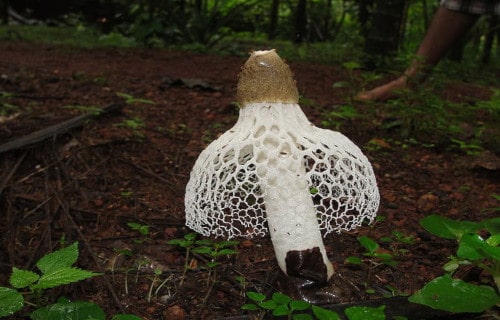
CCL: https://bit.ly/1p2b8Ke
Phallus Indusiatus Facts
- Leading off our listing of 4 Fantastically Fascinating Fungi is the remarkable species that often raises eyebrows due to some of its properties.
- This is because the aroma of this fungus has the ability to produce spontaneous orgasms in women. Now that will get one’s attention.
- However, the naturally produced scent of this mushroom only produced this effect on 37.5% of the tested women. Further, it required larger concentrations.
- In smaller doses, the scent merely evokes elevated heart rates in women tested. Still better than nothing.
- Yet, among men tested, 100% considered the scent extremely unpleasant, with no physiological effects. Therefore, you might say the Phallus Indusiatus remains a mainly female-friendly mushroom.
Phallus Indusiatus Physical Description
Firstly, the Phallus Indusiatus boasts a large bell-shaped cap. In addition, this produces copious quantities of a green slime. This slime appears intended to attract flies, which then spread the spores.
Mature specimens often attain a height of as much as 10 in (25 cm). That makes it a rather large mushroom. Further, the top often measures up to 1.6 in (4 cm) in width.
The species also produces a wide, lacy skirt. Its stalk typically displays a bright white color, while the cap most commonly has a light or dark brown color.
- Kingdom: Fungi
- Phylum: Basidiomycota
- Class: Agaricomycetes
- Order: Phallales
- Family: Phallaceae
- Genus: Phallus
- Species: P. indusiatus
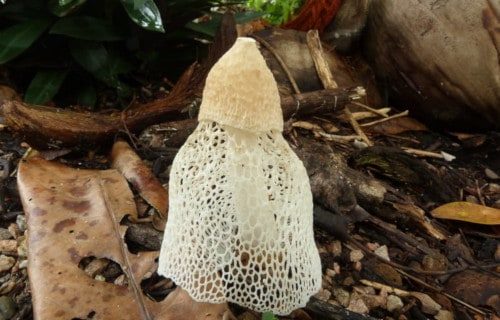
CCL: https://bit.ly/1ryPA8o
Phallus Indusiatus Distribution, Habitat, and Ecology
The Phallus Indusiatus remains a primarily tropical species and grows in regions such as Africa and South America. It also appears in smaller numbers in Mexico and portions of Asia.
It is uncommon in the wild in all areas, however. Though it principally appears in tropical forests, it will also grow opportunistically in gardens if the soil is rich enough. So if you are a lady and have some space to grow something, we recommend you try growing this specific type of mushroom.
This fungus has also been shown to possess numerous chemicals with medicinal properties. It is also edible and commonly used in Oriental cooking.
Finally, the mushroom stays short-lived, rarely lasting more than 3 days.
Icicle Mushroom
Icicle Mushroom Facts
- Next on this list of 4 Fantastically Fascinating Fungi is the quite distinctive looking Icicle Mushroom.
- Firstly, the term actually serves as the common name for any of the fungi in the genus Hericium. All known members of this genus remain edible.
- The name derives from the obvious resemblance of its structure to hanging icicles, or, in the minds of some, cave-based stalactites.
- All members of this genus also bear other, rather colorful, common names. These include the lion’s mane, the bear’s head, and the monkey’s head.
- This visually distinctive mushroom was first described scientifically in 1794, by the South African mycologist, Christian Hendrick Persoon.
- In some portions of the world, this remarkable form of fungus can be found in extensive cultivation as a food source, most notably in China.
Icicle Mushroom Physical Description
Given that there are multiple forms of the Icicle Mushroom, physical differences naturally exist. Yet, some characteristics remain true to them all.
The stalk itself remains rather short, and most commonly attaches itself to a tree. Mature specimens can also be easily distinguished from other varieties by the numerous drooping spines.
In addition, depending on the exact variety, these spines may grow either rows or in large clusters. Further, unlike many types of mushrooms, this form develops no cap.
Finally, its coloring typically remains white or whitish-gray.
- Kingdom: Fungi
- Phylum: Basidiomycota
- Class: Agaricomycetes
- Order: Russulales
- Genus: Hericium
Icicle Mushroom Distribution, Habitat, and Ecology
The various forms of the rather surprising Icicle Mushroom thrive in most temperate and tropical portions of the world. Yet, the greatest number of species evolved in Asia, South America, and North America.
As remains the case for related species, this type of fungus also prefers to grow in dark, moist locations. Most commonly, though not exclusively, it appears on the trunks of dead trees.
When, as remains typical, it appears on the trunks of dead trees, it usually grows close to the top. The precise reason for this preference of placement remains a mystery.
While all known varieties remain edible, those native to China and North America generally rank as the most palatable. The greatest consumption occurs in China.
This fungus also plays a key role in folk medicine, most notably in Japan and China.
Amethyst Deceiver
Amethyst Deceiver Facts
- The next impressive species in this article about 4 Fantastically Fascinating Fungi is the visually stunning Amethyst Deceiver.
- Most notably, this uniquely pigmented species is a type of mushroom with a confusing personality. That is because it actually changes colors as it ages.
- Therefore, it can sometimes be difficult to identify, and it serves as the source of its common name.
- Further, in and of itself, this brilliantly colored fungus is indeed edible, though not especially palatable. However, it is often relatively toxic in practical terms. Confused?
- The Amethyst Deceiver is also extremely sensitive to naturally occurring arsenic. In any regions that this species develops in that happen to have arsenic in the soil, it will absorb the arsenic into itself.
- Finally, this fungus was first identified in 1778, by noted botanist William Hudson.
Amethyst Deceiver Physical Description
Firstly, the fungus is a moderate-sized mushroom species. The cap may be as much as 2.25 in (6 cm) in diameter. Typically, there is a small depression in the center. Also, in color, it appears an extremely bright purple.
In addition, it begins as a concave structure but flattens out with age. The stem is the same basic color as the cap but is often a slightly lighter shade of purple, closer to lilac. However, as it ages and loses moisture, both colors fade.
Further, in height, it averages about 2.75 in (7 cm). The interior flesh does not possess any distinctive scent or taste. Also, the majority of individual specimens display striations along the edges of the cap that display an even paler shade.
- Kingdom: Fungi
- Phylum: Basidiomycota
- Class: Agaricomycetes
- Order: Agaricales
- Family: Hydnangiaceae
- Genus: Laccaria
- Species: L. amethystina
Amethyst Deceiver Distribution, Habitat, and Ecology
The species also evolved as endemic to a wide geographical range including specific parts of Asia, Europe, and the Americas. Within that range, however, it lives in both deciduous and coniferous forests.
It also primarily inhabits temperate zones within the same range. Further, most commonly (for reasons that remain a mystery), the species appears in the immediate vicinity of specific types of trees, such as either beech or oak trees.
As with all mushrooms, it reproduce via spores. Yet, the spores of the Amethyst Deceiver are relatively large in size. Finally, the fungus usually (again for mysterious reasons) appears either individually or in small numbers only in any single location.
Mycena Chlorophos
Mycena Chlorophos Facts
- The last, but certainly not least, entry in this compendium of 4 Fantastically Fascinating Fungi is the awesome Mycena Chlorophos.
- Firstly, we this represents a truly extraordinary mushroom species. Despite what some might think, you have not been magically transported to the mythical world of Pandora.
- However, this mushroom does indeed (unlike other plants you know) emit a natural bioluminescence.
- Botanists first described this unique fungus in 1860. What a surprise they probably found it to be. Of course, botanists also find it fascinating to study.
- However, given that the species stays small, appears only during a short period, and remains endemic to a small territory, we do not know much about it.
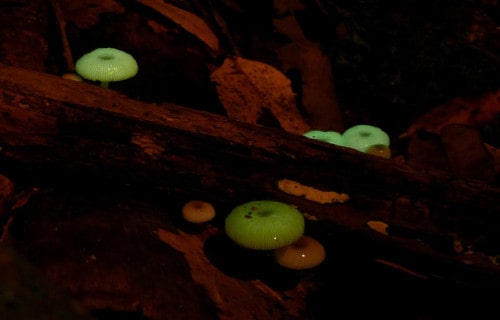
CCL: https://bit.ly/1iowB8m
Mycena Chlorophos Physical Description
Most notably, the Mycena Chlorophos develops as a small, but highly interesting, type of mushroom.
The caps reach a size of 1.2 in (30 mm) across and have a coating of a slightly sticky substance. Further, these sit atop slender stems that attain the same vertical height as the width of their caps.
Also, the distinctive and remarkable bioluminescent properties of this species appear absolutely visible only at night. In color, the bioluminescence seems a light green.
Finally, uniquely, and quite unpleasantly, it also emits a strong odor of ammonia. For the moment, its edibility remains in question.
- Kingdom: Fungi
- Phylum: Basidiomycota
- Class: Agaricomycetes
- Order: Agaricales
- Family: Mycenaceae
- Genus: Mycena
- Species: M. chlorophos
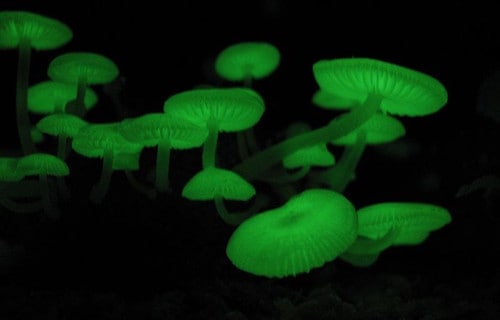
CCL: https://bit.ly/1p2b8Ke
Mycena Chlorophos Distribution, Habitat, and Ecology
The Mycena Chlorophos grows endemically only in portions of subtropical Asia. Furthermore, these portions include the countries of Taiwan, Polynesia, Japan, Sri Lanka, and the island of Java in Indonesia.
This mushroom also grows in portions of Brazil and Australia. However, experts believe that humans transported it to those locations. Within these ranges, the species appears highly adaptable and may be found in a variety of forest habitats.
Also, the Mycena Chlorophos typically develops on woody debris, such as fallen bark, branches, and twigs.
Finally, the bioluminescence is most pronounced when the mushroom first appears. Afterward, it slowly fades over a period of roughly 72 hours.
We certainly hope that you have enjoyed this article about 4 Fantastically Fascinating Fungi, and have come away with a new appreciation for these remarkable forms of life. Without them, much of the Nature that we take for granted could not exist. Let us do all that we can to protect and preserve them, just as we do with other species.
Check out our other articles on 7 Stunning European Flowering Plants, Earth’s Geothermal Marvels, 6 Mysterious Natural Phenomena, North American Gulches and Canyons
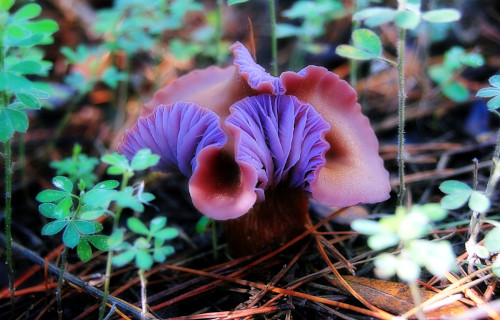
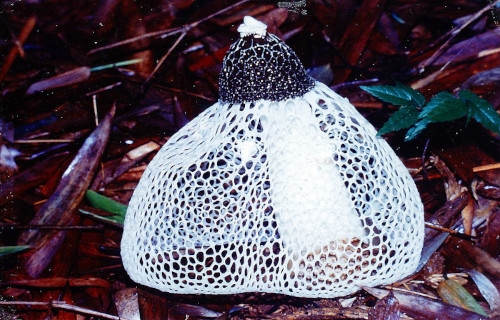
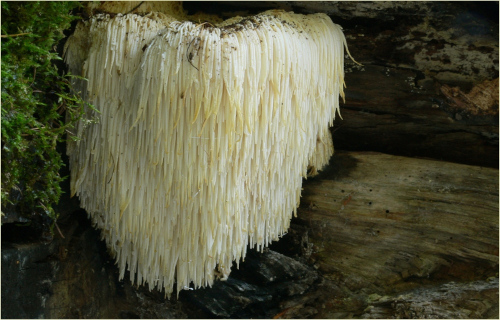
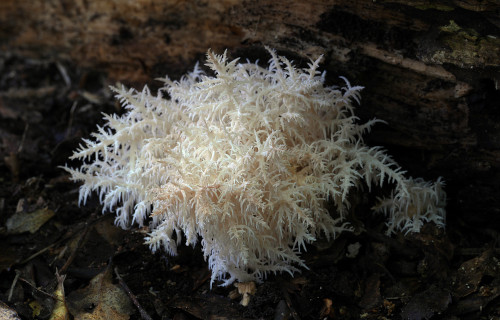
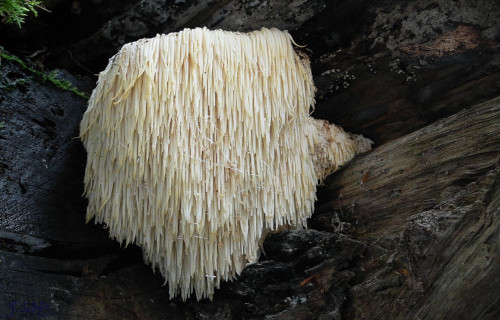
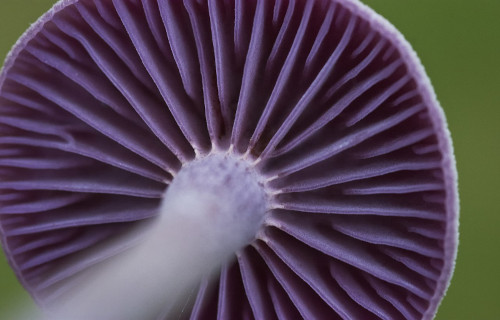
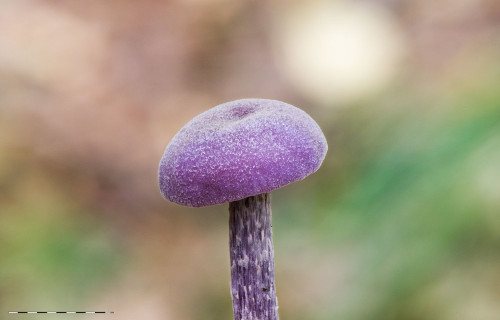
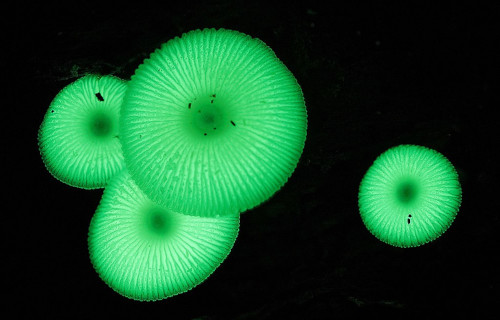









Leave a Reply